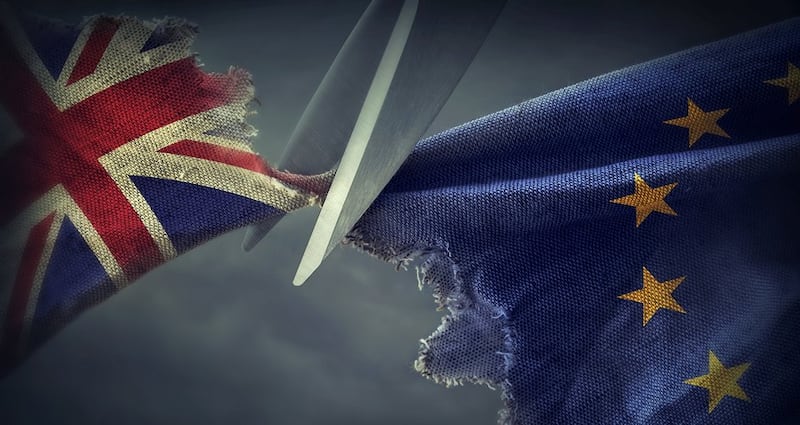Expectations that a no-deal Brexit can be avoided rose in Brussels on Thursday with reports that the UK government may ask the House of Commons to vote on the withdrawal agreement on its own.
The severing of the 585-page withdrawal agreement from the accompanying 20-page non-binding political declaration on the framework of a future relationship is seen as a bid to secure vital Labour votes for prime minister Theresa May's deal.
Diplomatic and EU sources in Brussels, although unwilling to pass public comment on the Commons dramas and Mrs May’s resignation offer, expressed confidence that the proposed move would pass muster with EU member states.

If voted through by MPs, it would allow the UK to get an extension to its negotiating process and to leave the union in an orderly manner on May 22nd .
The conclusions of the EU summit last week referred only to the need for MPs to approve the withdrawal agreement this week to be granted the extension to May 22nd. Failure to do so would trigger a no-deal departure on April 12th or the requirement by the UK to seek a longer extension.
British stipulation
Sources in Brussels point out that the political declaration was always very much a British “must-have”, seen by them as a necessary part of the divorce package. The European Commission has for some weeks been publicly saying that the declaration remains amendable.
The EU insists, however, that the withdrawal agreement, which sets out the terms of the UK’s departure, is not open for renegotiation.
The commission has noted that in its present form the declaration dealing with the future relationship is flexible and non-prescriptive, and does not rule out forms of future closer co-operation such as continued membership of the customs union, which Labour supports.
The problem with the declaration is less about what it says than what it does not say – not voting on it at all appears to be an elegant way of dodging an unnecessary obstacle.
Once the UK has withdrawn from the union, negotiators from both sides will set out to agree the shape of the new relationship in the form of a legally binding treaty that will probably take as its starting point the broad outlines agreed in the declaration. That process is expected to take at least up to two years.
Stormont lock
Diplomatic sources were less sanguine about another suggestion being touted around London and required to placate the DUP: that the so-called “Stormont lock” be referred to in a unilateral British declaration to be appended to the withdrawal agreement.
The DUP is understood to be seeking a legally binding assurance from London that once the Border backstop is in place – at the end of transition, should no future relationship treaty be agreed – Westminster will guarantee to continue to match EU regulatory changes so that the whole of the UK remains in step with the EU. Any divergence could jeopardise either the frictionless Border or necessitate controls on the Irish Sea.
The backstop is the insurance policy in the withdrawal agreement to avoid a hard border in Ireland after Brexit.
Brussels sources say the assurances sought by the DUP are a matter for internal UK arrangements and not for the EU as a party to the withdrawal agreement. Attaching them in any way to the agreement would not be appropriate, they say.












